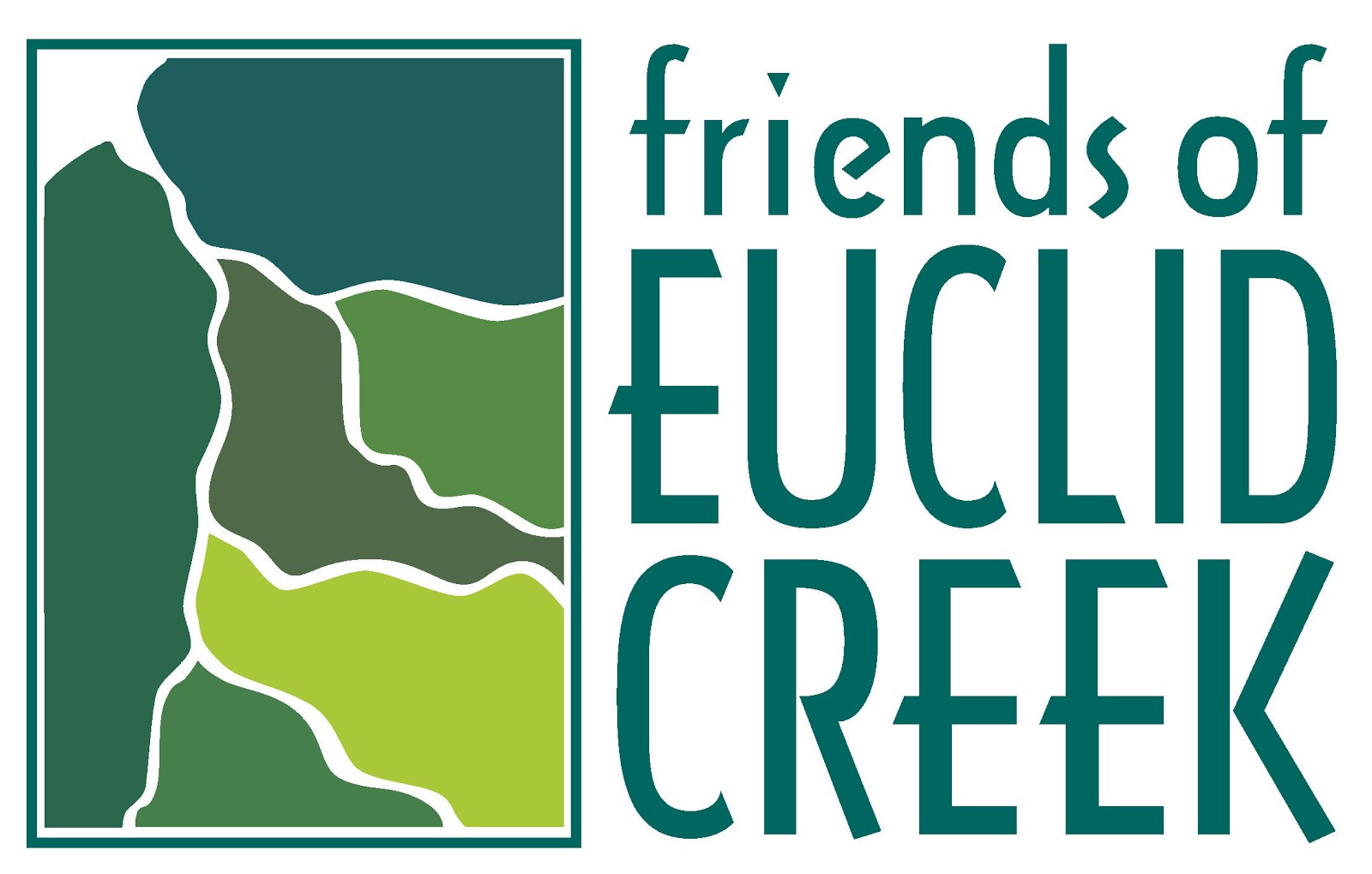If you have content for this update, please let me know at jeanette.evans@sbcglobal.net.Some of the items covered in this update include:
* More about our meetings
* FOEC photography contest details
* Ask a naturalist
Thanks go to Susan Petrone and Miering Borcherds for their support of the FOEC web site.
We are now on Facebook.
More about our April and May meetings
 Our April meeting featured a viewing of Nicotine Bees. This documentary explains about the decline of bee populations. Between 2005 and 2006 bee colonies in dozens of countries declined sharply. Evidence shows that new seed chemical coatings are deadly to bees and responsible for the decline. The Sierra Club is urging the EPA to ban the use of these chemicals to allow for more study. Farmers used these nicotinyl insecticides (also called neonicotinoids) for years to stop insect infestation. Now agribusiness acquired patents to coat their seeds with these neonicotinoids, and “neonics” that enter the plant are present in pollen.
Our April meeting featured a viewing of Nicotine Bees. This documentary explains about the decline of bee populations. Between 2005 and 2006 bee colonies in dozens of countries declined sharply. Evidence shows that new seed chemical coatings are deadly to bees and responsible for the decline. The Sierra Club is urging the EPA to ban the use of these chemicals to allow for more study. Farmers used these nicotinyl insecticides (also called neonicotinoids) for years to stop insect infestation. Now agribusiness acquired patents to coat their seeds with these neonicotinoids, and “neonics” that enter the plant are present in pollen."Imagine a world without bees no stings, no pesky picnic invasions, no irritating buzzing around your summer sodas. And, of course, no apples, cherries, peaches, almonds, raspberries or maybe even hold on to your spoon Haagen-Dazs ice cream. We need bees, especially the honey bee, possibly for our very survival and we're losing them." Crain's.
Our May 7 meeting features presentations from FOEC members. The Community Room at South Euclid City Hall at 349 South Green Road is at the top of the stairs on the right. Entrance is through the back door (Police entrance). If anyone needs to use the elevator, ask for its use through the Police Department.
- Ken Rapport-Messenger - getting grant for Bishop Road property, oil and gas drilling developments
- Lou Drasler - what's in the water
- Jane Goodman - connected watershed, areas of concern
- Ron Peura - urban forestry
- Barb Holtz - weed laws
Enter our 2010 FOEC photography contest
Stay tuned for additional details and contact jeanette.evans@sbcglobal.net for more information. Here are the categories:
* Color - watershed plants and animals
* Color - watershed recreation and family activities
* Color - watershed cultural sites and historic buildings
* Black and white - any of the above subjects
* Seventeen and under - any of the categories above
$100 best of show cash prize
$25 best of categories prize
Entry limit is three photos per category.
Deadline for submissions is October 5, 2010.
All photos submitted will become part of a permanent collection and will not be returned. Photographers may be asked for permission to use their photos to promote the mission of FOEC.
Entries must be emailed.
Entries must be taken within the Euclid Creek watershed.
Mailed entries not accepted.
All emailed entires must include:
* category and title
* name and address of contestant (city, state, zip)
* day phone, evening phone
* where photo was taken
* when photo was taken
Ask a Naturalist
Thank you again to naturalist Barb Holtz for these answers.
Question: For a shade garden, what are your thoughts on using day lillies, hostas, and bleeding heart? What are your top 2-3 choices for growing in a well-drained area?
Answer: There are many wonderful native shade-loving plants. When it comes to lilies, I would discourage planting lily of the valley and day lilies. They can be invasive. Hostas are fine. I personally think the typical hosta is kind of boring. Bleeding heart is a beautiful plant. A cousin to bleeding heart that makes a great groundcover is squirrel corn.
My top three choices for shade would be columbine (Aquilegia canadensis), violets (many colors), and Solomon's seal (Polygonatum biflorum). There are so many others but I pick these three for a variety on flower color and plant shape. Wild geranium is also a great choice.
 The image of the native Christmas fern comes from http://www.dnr.state.oh.us/ which states that ferns have been part of Ohio landscapes for millions of years, predating both dinosaurs and flowering plants. The Christmas fern is found in nearly every Ohio county and is a welcome sign year round.
The image of the native Christmas fern comes from http://www.dnr.state.oh.us/ which states that ferns have been part of Ohio landscapes for millions of years, predating both dinosaurs and flowering plants. The Christmas fern is found in nearly every Ohio county and is a welcome sign year round.
Celebrate Earth Day in April
More about wildlife in the watershed and OhioThe red fox image comes from Ohio.gov. The red fox has been spotted at the Dike 14 Nature Preserve. The Nov. 22, 2009, issue of the Cleveland Plain Dealer explained that mink appear at the Dike 14 location. http://www.dnr.state.oh.us/ provides the image.


It won't be long before we see scenes, such as a yellow butterfly attracted to dusty goldenrod.





